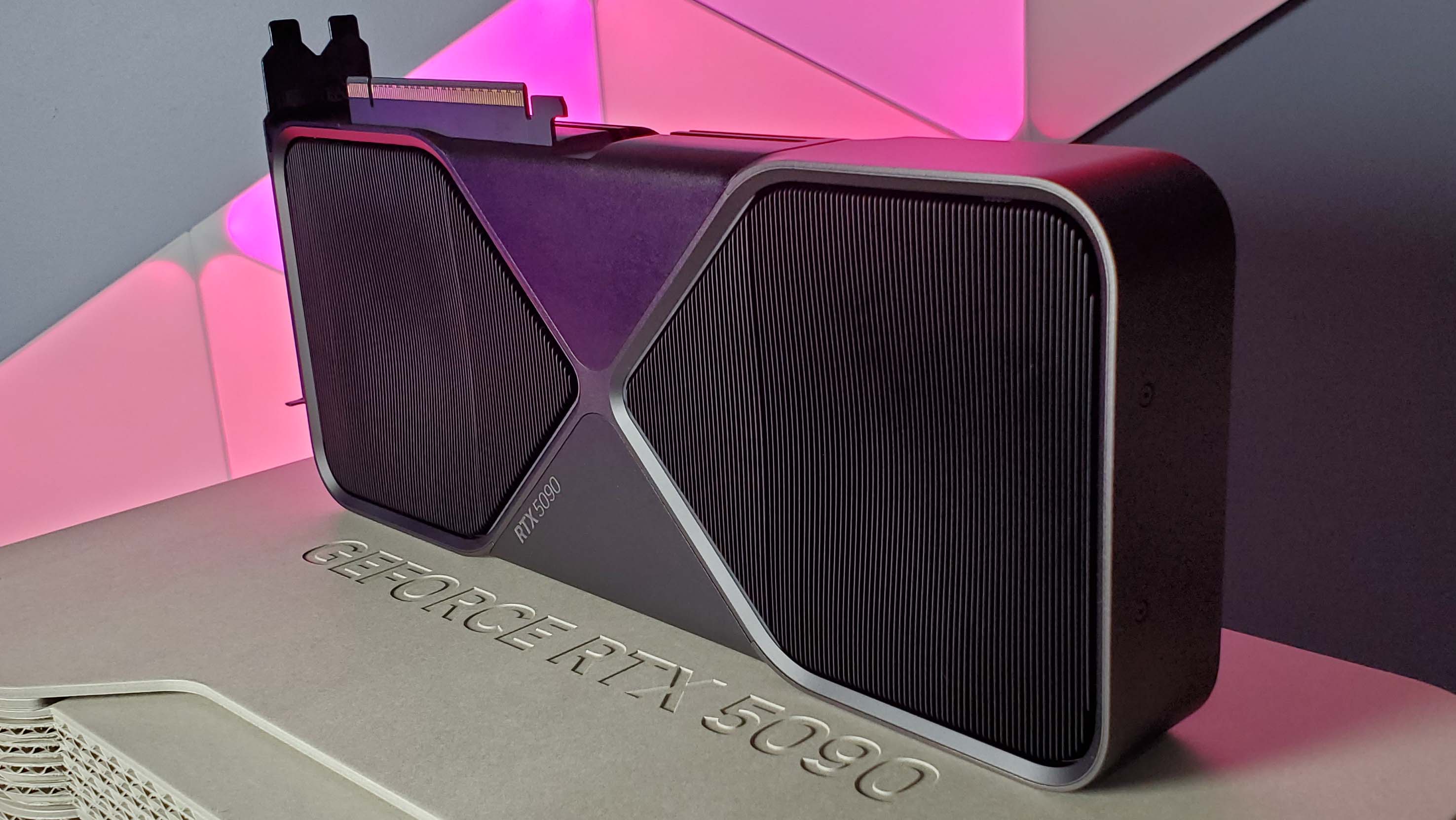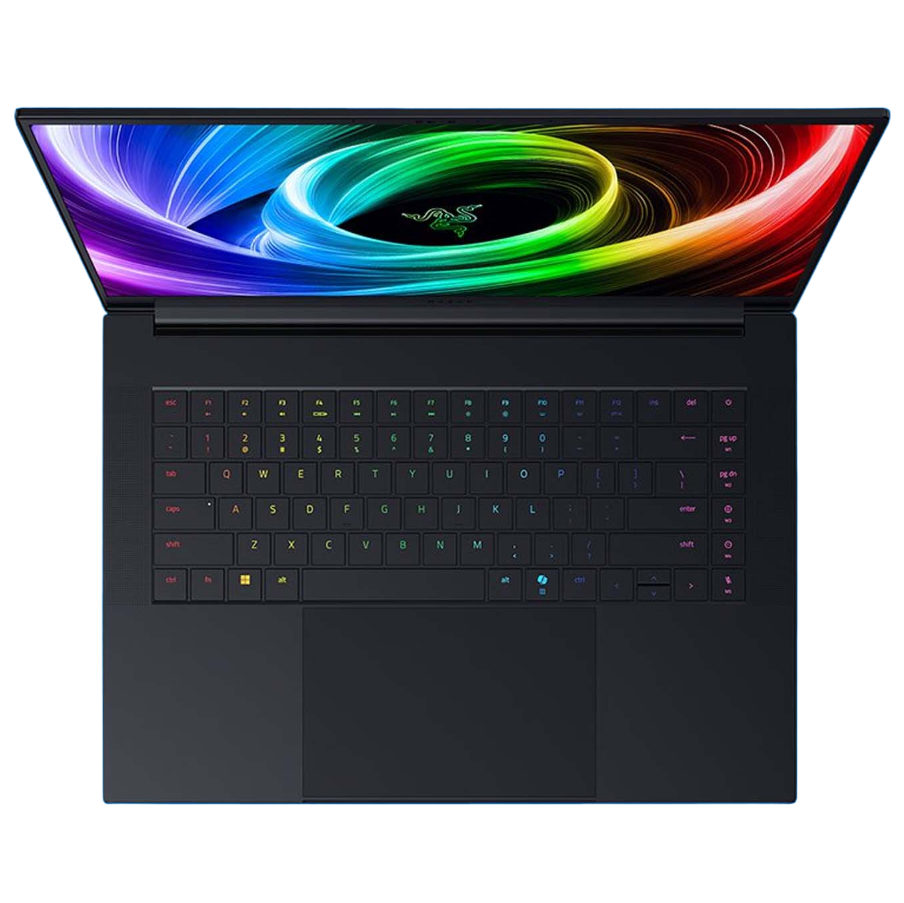OpenAI's new open-weight reasoning model can be run locally on an RTX card but you still need a pretty beefy rig to run it
AMD is supporting it too.

If you like the premise of AI doing, well something, in your rig, but don't much fancy feeding your information back to a data set for future use, a local LLM is likely the answer to your prayers. With OpenAI's latest model, you can do just that, assuming you have the hardware to power it.
Announced in collaboration with Nvidia, gpt-oss-10b and gpt-oss-120b are both live and available to download via Nvidia's website (or via Hugging Face). You can access a cloud-based demo of it with toggleable reasoning levels via gpt-oss.com.
What makes these models even more interesting than usual is that they are open-weight. Effectively, weights are a value that determines the connection between neural networks and certain parameters. Training an AI based on information you give it is partially a measure of measuring output, reading the pattern between weights, and with a technique known as backpropagation, setting those weights at middle layers to then propagate weights through different layers.
Getting access to those weights gives you more information on how an AI works and how you can expect it to work given different stimuli. This allows a level of fine-tuned training, which makes sense given it can and will run locally.
Though open-weight models are a bit of a rarity, with OpenAI's last open-weight model being GPT-2 in 2019, DeepSeek models are open-weight. DeepSeek was disruptive for many reasons (like surprise-releasing with an unexpectedly advanced free model), and we put OpenAI and DeepSeek head-to-head to build a PC to decide which one was better. We crowned neither the winner.
Model name | Transformer blocks | Total parameters | Active params per token | # of experts | Active experts per token | Input context length |
gpt-oss-20b | 24 | 20B | 3.6B | 32 | 4 | 128K |
gpt-oss-120b | 36 | 117B | 5.1B | 128 | 4 | 128k |
Both new OpenAI models (gpt-oss-20b and gpt-oss-120b) are open-weight and they are both reasoning models, which effectively 'think' before giving an answer. This is the same sort of model that's said to be behind agentic AI, essentially breaking down broader questions and tasks into a smaller chain. It's worth noting, these models aren't intended to replace GPT-5, OpenAI's upcoming advanced cloud-based version.
Gpt-oss-120b can reportedly run on an 80 GB GPU, and OpenAI reports it offers similar performance to its o4-mini model. This means RTX Pro desktops can run it, but the likelihood of you getting one on your home rig is unlikely.
Keep up to date with the most important stories and the best deals, as picked by the PC Gamer team.
Gpt-oss-20b, however, can run on a 16 GB GPU, and OpenAI claims it offers similar performance to the o3-mini "on common benchmarks."
You won't be left behind if you're all Team Red either, as AMD CEO Lisa Su congratulated Sam Altman on X and stated, "AMD is proud to be a Day 0 partner enabling these models to run everywhere - across cloud, edge and clients. The power of open models is clear… and this is a big step forward."
Congrats @sama @OpenAI on today’s launch of gpt-oss! @AMD is proud to be a Day 0 partner enabling these models to run everywhere - across cloud, edge and clients. The power of open models is clear… and this is a big step forward. https://t.co/2XUS5ceP8wAugust 5, 2025
The Radeon 9070 XT, or any AMD AI CPU with 32 GB of memory, can also run the latest 20b model. If you've ever wanted to run a local AI and have power to spare, these new models may be worth playing around with. The AI Max+ 395, with a 128 GB RAM configuration, can run the full-fat 120b model, and we've been playing with it on a new 128 GB desktop machine sporting that chip, and it's certainly impressive.
The release of these open-weight models comes at a particularly interesting time for AI in general, too. Recently, we saw Meta expanding AI capabilities by setting up data centers in tents (data tenters, if you will) to catch up with its competition. If you don't particularly care about the AI machinations of these tech giants (I get it), Nvidia launched its AI-powered gaming assistant recently, with Microsoft's going into beta. As well as this, Razer announced one of three AI hubs opening up around the world.
AI is worming its way into most facets of digital life, and should you want it to make its way into your PC even when you're offline, you now have that option.

👉Check out our list of guides👈
1. Best gaming laptop: Razer Blade 16
2. Best gaming PC: HP Omen 35L
3. Best handheld gaming PC: Lenovo Legion Go S SteamOS ed.
4. Best mini PC: Minisforum AtomMan G7 PT
5. Best VR headset: Meta Quest 3

James is a more recent PC gaming convert, often admiring graphics cards, cases, and motherboards from afar. It was not until 2019, after just finishing a degree in law and media, that they decided to throw out the last few years of education, build their PC, and start writing about gaming instead. In that time, he has covered the latest doodads, contraptions, and gismos, and loved every second of it. Hey, it’s better than writing case briefs.
You must confirm your public display name before commenting
Please logout and then login again, you will then be prompted to enter your display name.

